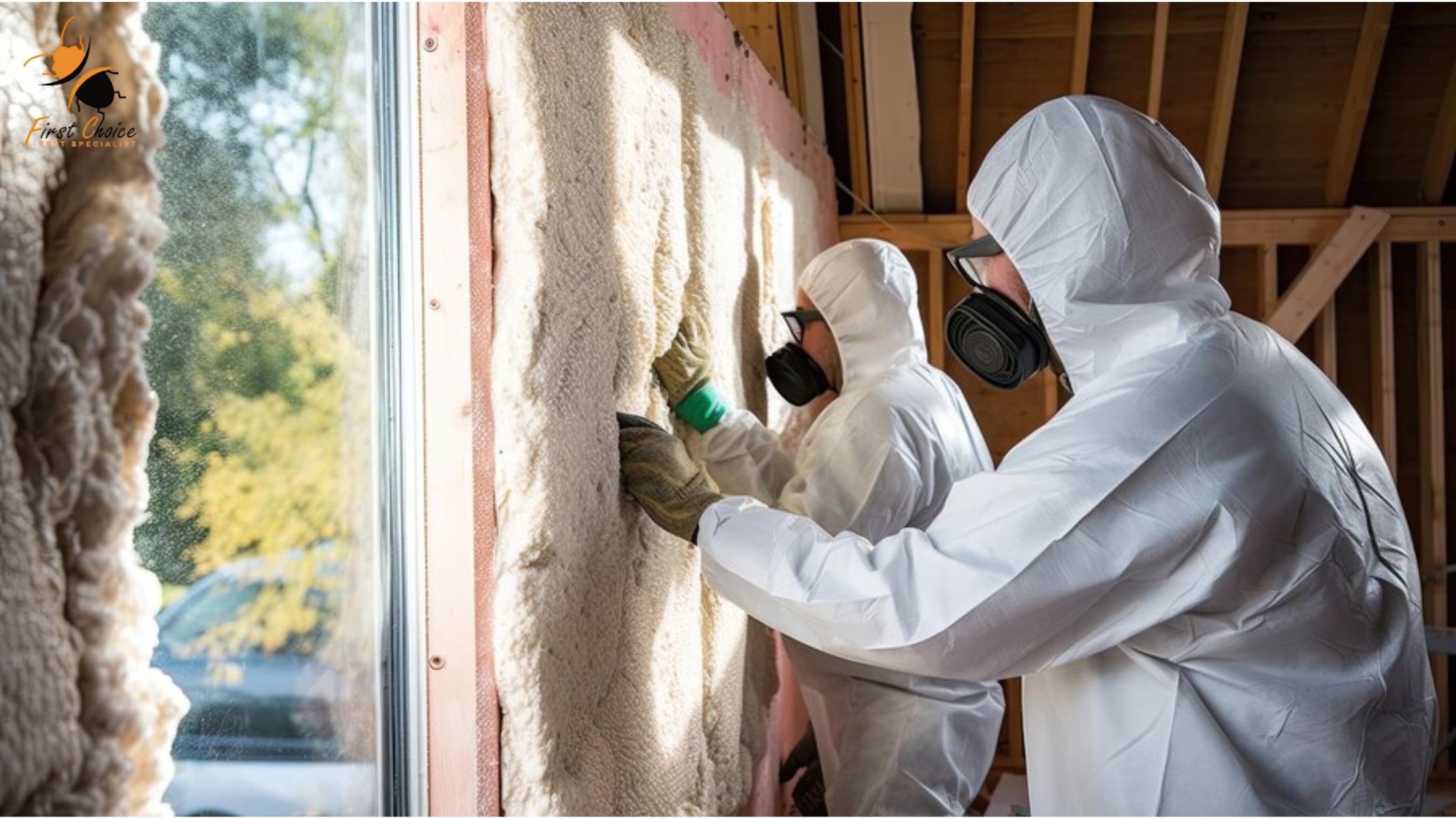Guidelines For Fabrication and Inspection With the IPC-J-STD-001 standard And Latest Addendum
IPC-J-STD-001, a standard created by the Association of Connecting Electronics Industries (IPC), specifies the criteria for producing electronic assemblies. It is an internationally recognized standardized compliance and norm in the electronics sector and is used by producers, suppliers, and consumers of electronic assembly all around the world.
The standard details the materials, procedures, and requirements for making electronic assemblies and soldered interconnections that are dependable and well-made. It offers advice on choosing and using appropriate materials, such as fluxes, cleaning solutions, and the right solders. Additionally, the standard provides guidelines for creating and testing electronic assemblies.
The most recent IPC J STD 001 Standard Revision G amendment to the IPC J-STD-001 space additional information supplements or replaces specifically identified IPC J-STD-001G cleaning requirements for soldered electrical and electronic assemblies that must withstand vibrations and thermal cyclic conditions of getting to and operating in the space and applications for military use.
IPC-J-STD-001’s goal is to ensure that electronic assemblies are produced in meeting the compliance regulations and as per with the highest quality standards and meet the performance and reliability requirements necessary for their intended usage. This guideline includes many technologies for electrical assemblies, such as through-hole, surface mount, and mixed technology.
The standard PC-J-STD-001 receives periodic updates to keep up with technological advancements and business practices. IPC-J-STD-001H, the standard’s most recent iteration, was released in the year 2017. To ensure that their products fulfill the most recent quality and reliability standards, it is advised that users and manufacturers of electronic assembly stay current with the standard’s modifications.
IPC-J-STD-001 Materials Requirement Specifications
The materials required to create electronic assemblies, such as a solder, fluxes, and cleaning agents, are listed in the IPC-J-STD-001 standard. The standard specifies particular standards for the composition and characteristics of solders used in various applications to guarantee the performance and dependability of these assemblies. The amount of flux content and the composition of the alloy are two conditions that must be met in order for the product to reach the appropriate standards.
Flux is crucial for removing oxides and other contaminants from soldered surfaces during electronic assembly in order to guarantee a strong solder bond.
The specifications of flux composition, characteristics, activator levels, and classification are described in IPC-J-STD-001.
Guidelines for choosing and using cleaning agents are included in the IPC-J-STD-001 standard, which also covers cleaning agents. to guarantee their ability to eliminate impurities like flux residues while protecting the electronic assembly. The required qualities and features of the cleaning agents are specified in the standard.
Guidelines for Fabrication and Inspection
The comprehensive standard IPC-J-STD-001 describes the key specifications for creating and testing electronic assemblies. Various topics are covered, including electrical safeguards with current limiting circuits to ensure the safe and dependable functioning of electronics and craftsmanship standards to assure high-quality output. As far as these safety measures are in place, customers worldwide can trust the items manufactured following this standard.
Process Control: The PC-J-STD-001 standard strongly emphasizes the value of process control in producing electronic assemblies that meet the necessary quality requirements. The standard provides instructions for process indications, such as solderability testing, to monitor the effectiveness of the manufacturing process.
Craftsmanship Standards: The IPC-J-STD-001 establishes craftsmanship requirements for producing electronic assemblies. It describes the standards for different parts of craftsmanship, including wire wrapping, soldering, and mechanical assembly.
Inspection Criteria: IPC-J-STD-001’s inspection criteria are instructions describing how to examine electronic assemblies. These recommendations lay forth specific criteria that will be used for assessing whether or not electronic assemblies comply with the requirements or not. The inspection criteria include lead protrusion, surface finish, and solder filet height.
Surface Mount Technology (SMT): IPC-J-STD-001 contains instructions for the manufacturing and inspection of SMT assemblies. These recommendations included stencil printing, component positioning, reflow soldering, and inspection standards.
Through-Hole Technology (THT): IPC-J-STD-001 provides guidelines for manufacturing and inspection of Through-Hole Technology (THT) assemblies. These guidelines cover inspection standards, component insertion, hole preparation, and wave soldering.
Updates to the Most Recent Revision
Revision G, the most recent version of IPC-J-STD-001, was made in 2021 and includes numerous noteworthy modifications.
New Acceptance Criteria: The most recent edition includes new acceptance criteria for through-hole and surface-mount components. Clearer instructions for examining while recognizing electronic assemblies are provided by the new acceptance criteria.
Revisions to the High-Temperature Soldering Criteria New high-temperature soldering requirements, mainly for the automotive and aerospace industries, are included in the most recent version. These standards aim to improve high-temperature soldering methods, and they are based on the most recent research in the field.
Expanded Coverage of Soldering Procedures: The new version has more details on soldering, such as reflow, selective soldering, and wave. These thorough instructions are intended to raise the caliber and reliability of soldering.
Updated Acceptance Criteria, Testing and Inspection Procedures are among the updated standards for wire harnesses introduced in the revised version.
New Standards for Conformal Coatings: Revision G’s most recent revision adds new standards for conformal coatings. These include the most recent inspection and testing standards and acceptance requirements.
New Parameters for Evaluation and Monitoring ESD Control Measures: The amended criteria for ESD control now include further testing and monitoring guidelines.
Conclusion
Electronic assemblies must remain of high quality and dependability; they must adhere to the IPC-J-STD-001 standard. It provides in-depth rules and standards for components, fabrication, inspection, process management, quality assurance, compliance, and certification.



